18 Sep Embroidery as Art, Painting with the Needle
Embroidery As Art: Last week, I attended Shobha Broota’s new show, where she used techniques like crochet and knitting to create unique art. This is, fortunately, a growing trend, but embroidery as art is still a problem area, being associated as it is with women’s work, one that is coming into its own, though. To take an educated look at the history, we will have to go back to the genesis of needlework.
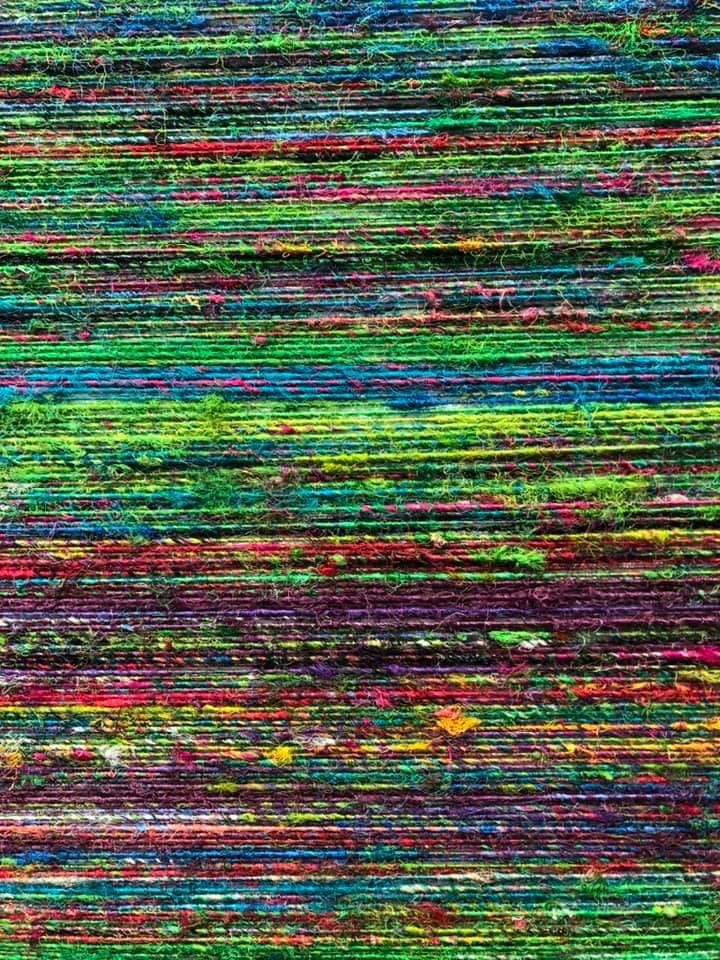
The Beginning of Embroidery As Art
As Clare Hunter says in her book Threads of Life, in the beginning, it was the string, and then its child cloth, and its invention changed humanity. Humans could make nets, nooses, bags, and cloth. Weaving became women’s work since it could be done at home. And so in due course, embroidery, other than the ceremonial or ecclesiastical, as practiced at the Mughal court or in European guilds.
THREADS OF LIFE BY CLARE HUNTER – A BOOK REVIEW
THE MUGHAL EMPERORS LOVE FOR BEAUTIFUL FLOWERS AND FLORAL DESIGNS
MUGHAL & DUTCH: A CULTURAL BRIDGING OF 2 GREAT ARTISTIC TRADITIONS


Women’s Embroidery Artists
Women immured at home worked at their embroidery, needlework, and quilting, often sewing their dowries, the quality of their output often determining their worth in the marriage market. But this was rarely commercial, which was strictly in the realm of the merchant and mostly male guilds. I love what Jo Andrews said recently about women and phulkaris, “I went to London for an exhibition of embroidery on handwoven cloth that was demanding to be seen. But this exhibition from Karun Thakar’s collection of Baghs and Phulkaris from the Punjab – wedding shawls, was something I had to see. Look carefully. Each of these works of art is worked in minute silk stitches, sometimes covering the entire ground (bagh) or just part of it (phulkari). I sat on the floor and listened to the chatter of these glorious pieces. The hope and anticipation worked into them, also the sadness and difficulties of the lives of the makers, all of them nameless. These women left their mark upon the world in these lovely pieces, but their identities are lost to us.” And this is precisely what historically most embroideries were.
But women continued their embroideries, often expressing their personalities and preoccupations, excluded as they were from education and the outside world.
Embroidery As Art in the 18th century
Interestingly, the Renaissance saw the flowering of the artist as an individual figure, separate from craft, which became increasingly devalued, affecting embroidery and its status too, as being something taught only to women. But in the 18th century, something changed. And this was the work of several needle painters, who used embroidery to create original or known artworks, using shaded silk thread and various stitches.


Primary in this movement were three women, all called Mary. Mary Delany is my favorite, with her remarkable botanical paintings in embroidery. These are not just pretty depictions of flowers but completely accurate botanical renderings.

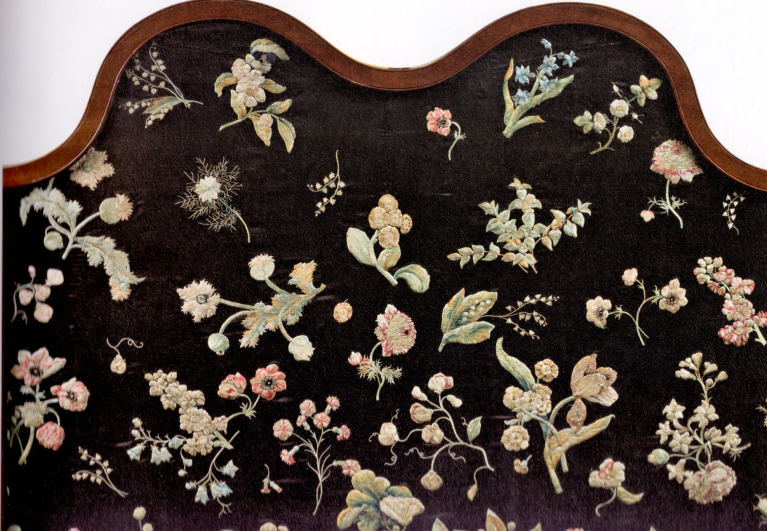
Mary Knowles created portraits, and Mary Linwood recreated old masters. All three became famous, patronized by royalty over Europe. Sadly their fame and legacy were short-lived, as women continued to be barred from art institutions and even the Royal Academy.

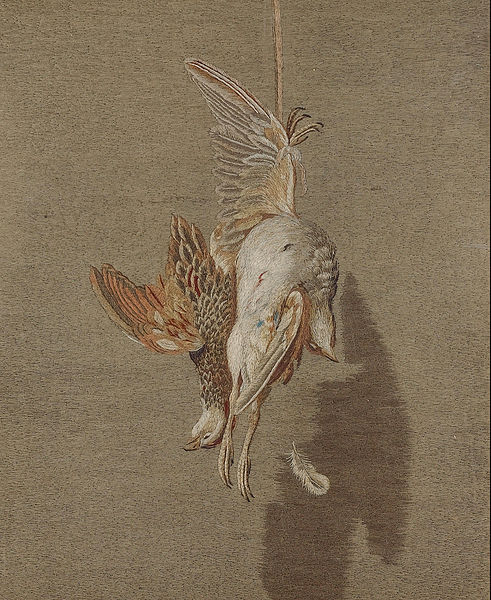

Arts & Crafts movement in Embroidery As Art
The Arts and Crafts movement of the mid 19th century, spearheaded by William Morris, did much to bring back needlework to an art form. Since it was anti mechanization and anti-industrial output, the movement saw needlework and embroidery as a nod to the handmade of medieval times. William Morris even learned to sew, though it was primarily women who stitched his designs. The establishment of the Royal School of Needlework in England and The Society of Decorative Arts in the USA further helped the cause, as did the Glasgow School of Art, which removed gender discrimination from needlework.
Several women associated with these institutions were also involved with the suffragette cause, and embroidery became a visible symbol of women’s quest for their voice and identity. Most identities are lost. Most work is lost. But these women set the legacy of embroidery and needlework as art, which is continued subsequently by new generations.

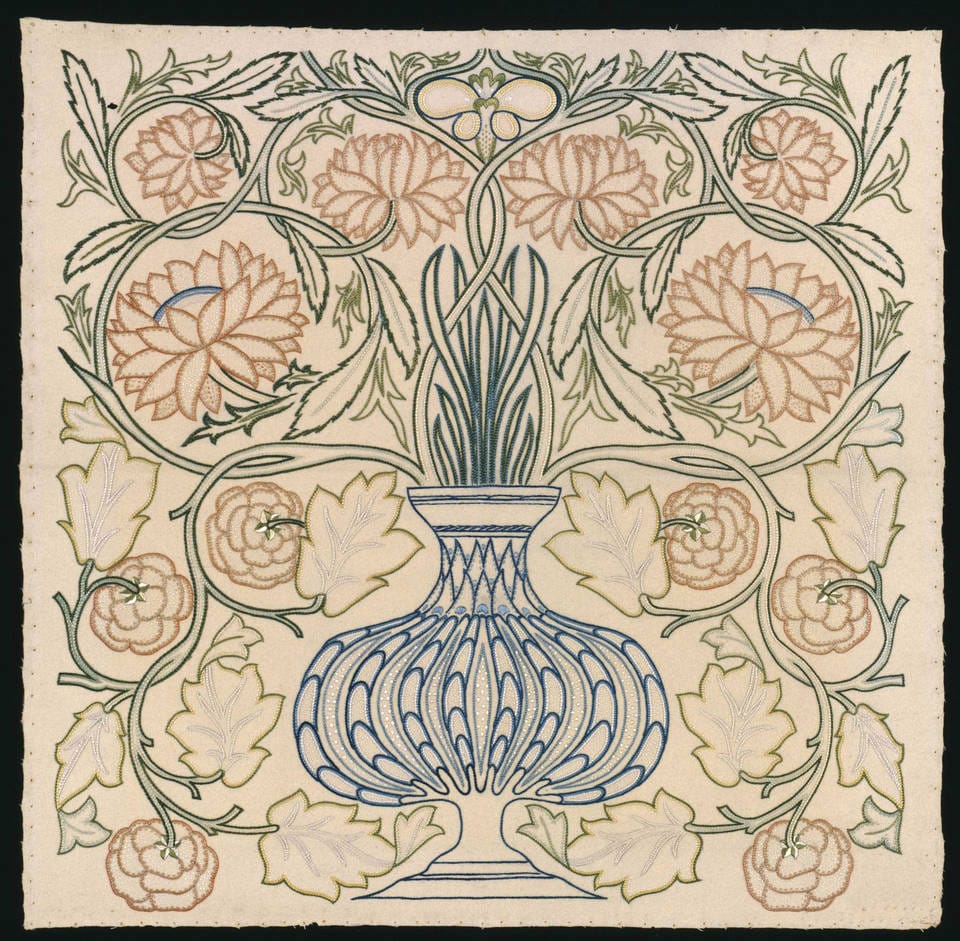
Contemporary Embroidery as Art
Today, especially after the Feminist Movement of the 1960s, embroidery continues to develop an original voice, though it can never be entirely free of its domestic and craft associations. Embroidery artists use the medium to express political and social opinions, often startling in their iconoclasm. I love the work of Ana Teresa Barboza and the embroidered quilts of Tracey Emin, but there are many, many other artists, not all women. Embroidery as art is no longer hiding in the shadows. It has taken its rightful place as an ancient yet contemporary art form in all its complex ramifications.
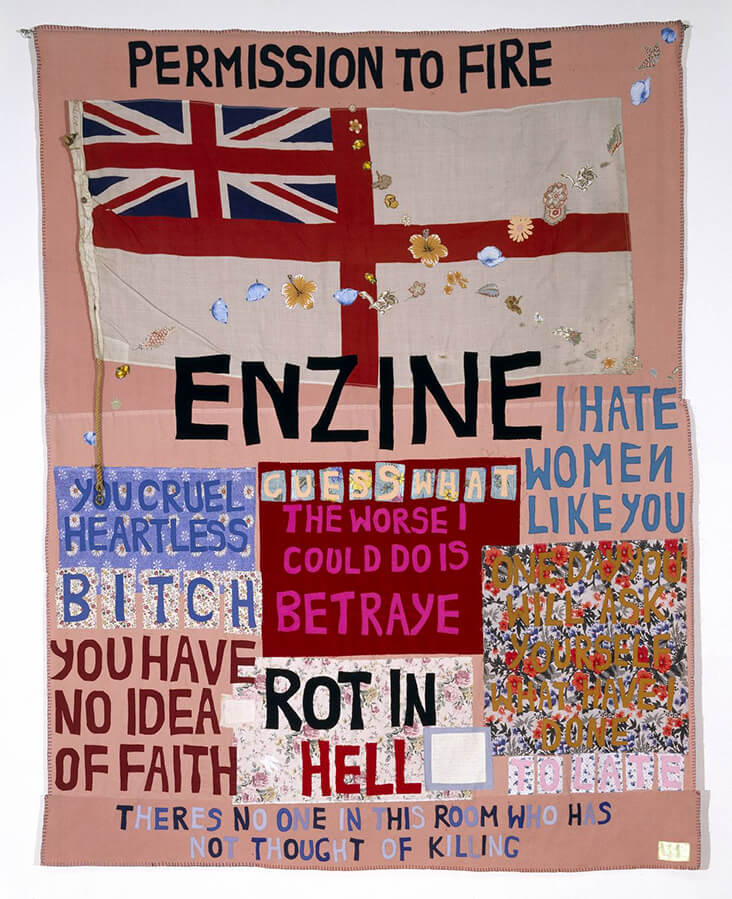
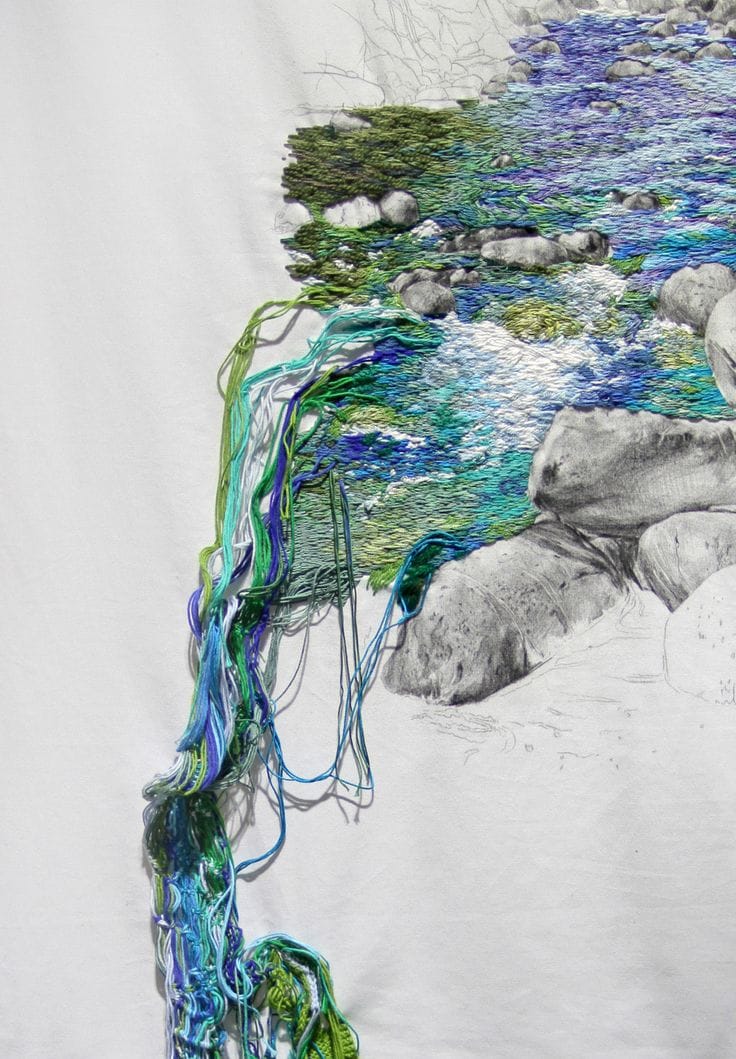



AUTHOR BIO
Mira Gupta is a well-known curator and designer in craft-based luxury. She has had working stints with Fabindia, Good Earth, and Ogaan to promote the cause of craft. She is deeply interested in art, travel, architecture, and culture.
Read more articles by the Author HERE




No Comments